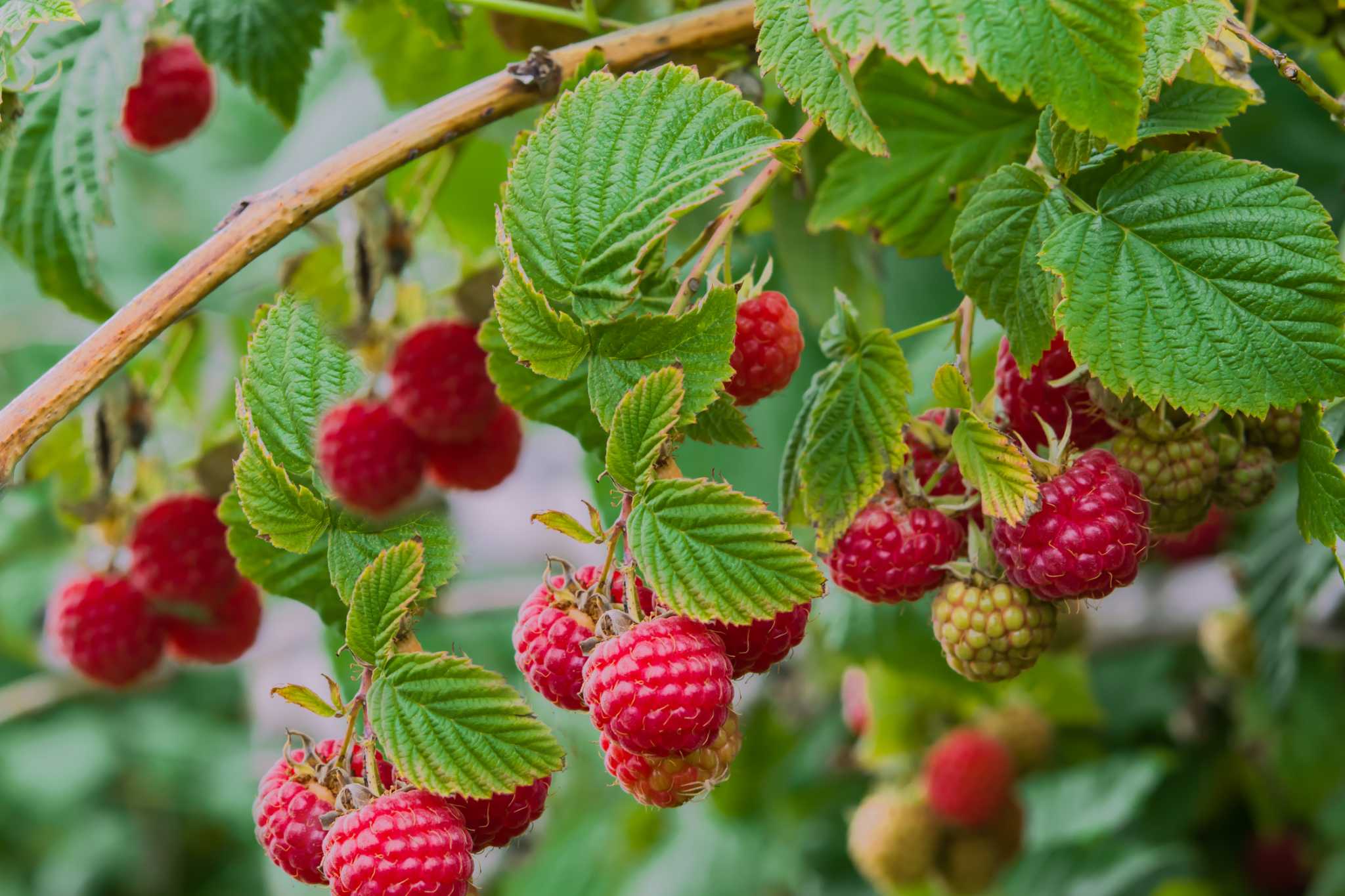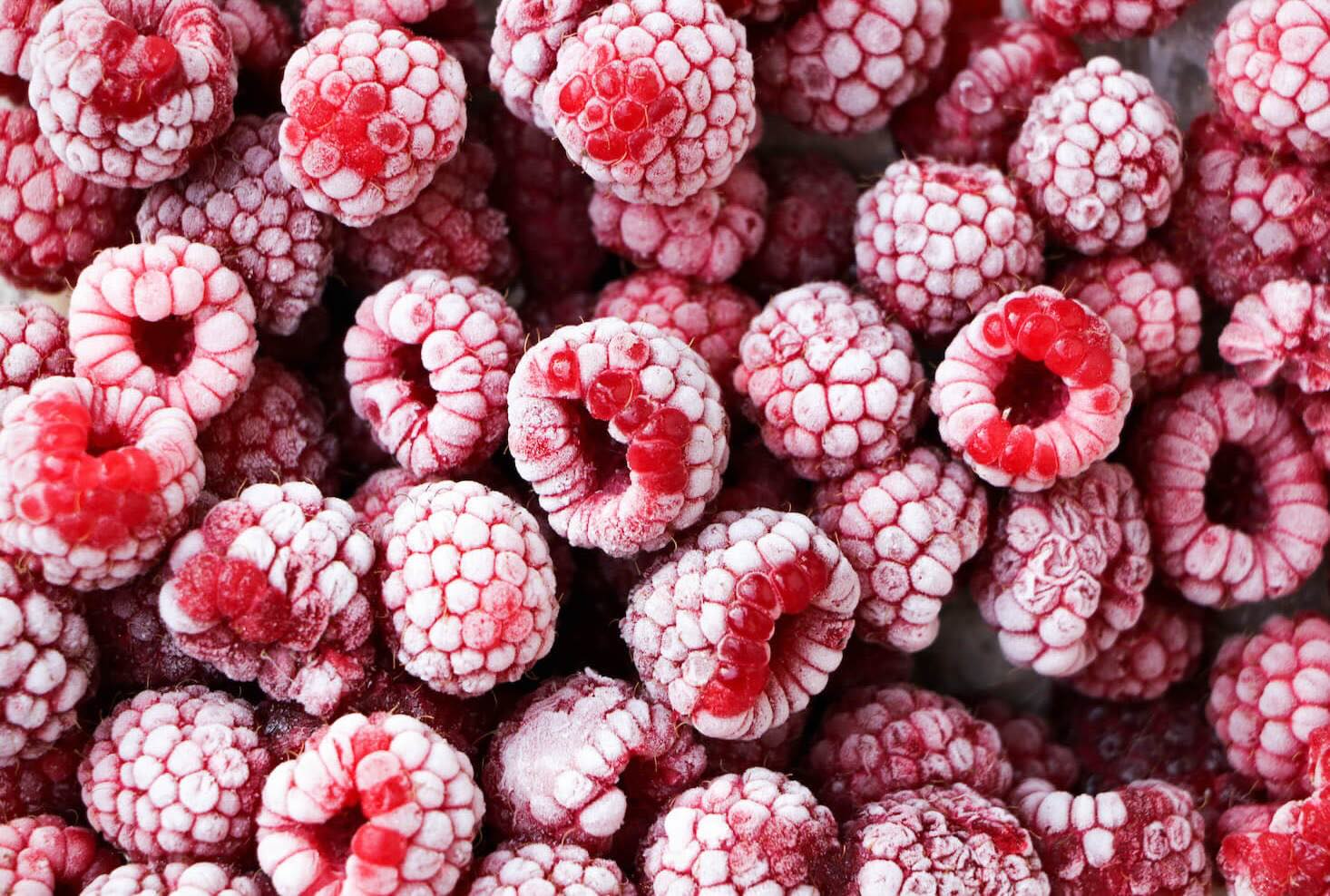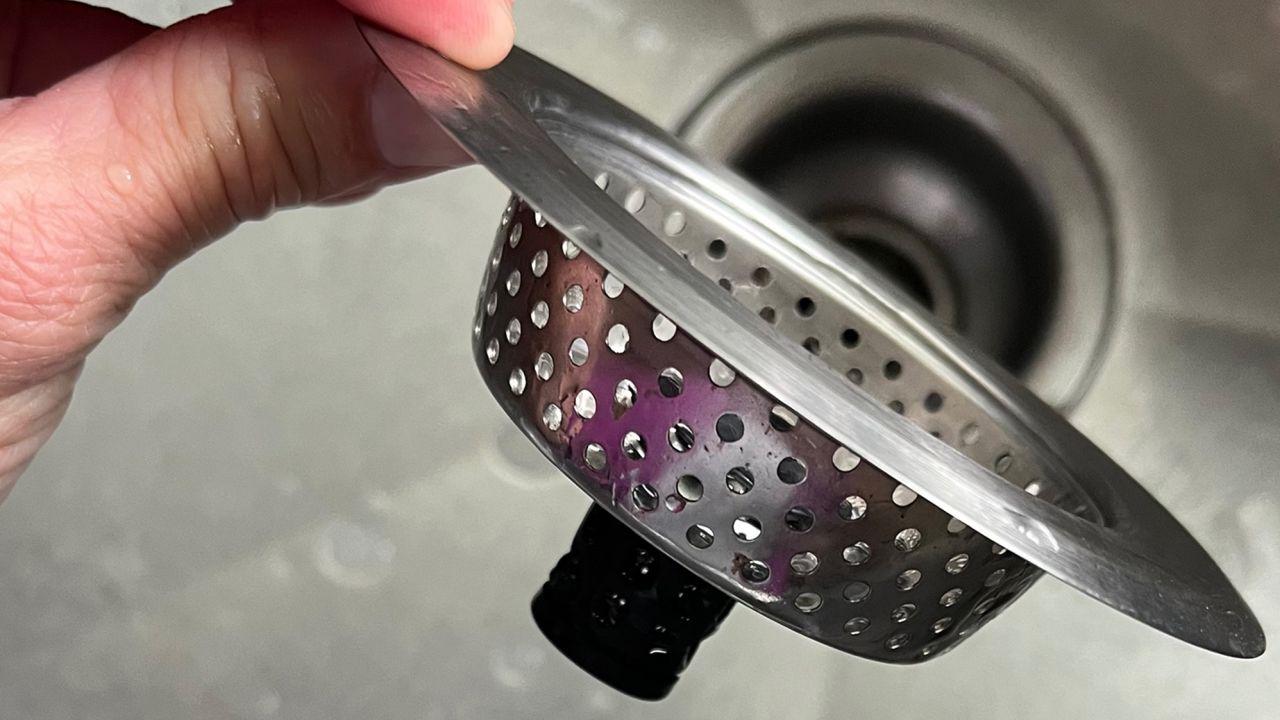Home>Garden Essentials>How To Remove Raspberry Seeds Without A Strainer


Garden Essentials
How To Remove Raspberry Seeds Without A Strainer
Modified: March 15, 2024
Learn how to remove raspberry seeds from your garden without using a strainer. Find out easy and effective methods to enjoy your homegrown raspberries without the hassle of pesky seeds.
(Many of the links in this article redirect to a specific reviewed product. Your purchase of these products through affiliate links helps to generate commission for Storables.com, at no extra cost. Learn more)
Introduction
Welcome to the world of gardening where the joy of growing your own fruits and vegetables knows no bounds! If you are a raspberry enthusiast, you already know the delight of picking fresh, juicy raspberries straight from the vine. However, one common challenge that raspberry lovers face is dealing with those pesky seeds. While the tiny seeds do not affect the taste of the fruit, some people prefer a seedless experience.
In this article, we will explore various methods to remove raspberry seeds without using a strainer. Whether you are making a delicious raspberry jam, a smooth raspberry sauce, or want to enjoy a seedless raspberry puree, we’ve got you covered. Let’s dive in and discover how to enjoy your raspberries without those tiny seeds getting in the way!
Key Takeaways:
- Enjoy seedless raspberry puree or sauce by crushing and sieving raspberries. It’s quick, easy, and effective for removing most seeds, giving you a smooth texture without the hassle.
- Experiment with macerating and straining raspberries for a flavorful, seedless raspberry puree or juice. This method takes a bit more time but yields smooth, seed-free results.
Read more: How To Save Raspberry Seeds
Method 1: Crushing and Sieving
This method involves crushing the raspberries to separate the seeds from the pulp. Here’s a step-by-step guide:
- Start by selecting ripe and firm raspberries. Avoid overripe or mushy ones as they may not yield the best results.
- Gently wash the raspberries under running water to remove any dirt or debris.
- Place the raspberries in a bowl and use a fork or a potato masher to crush them. Be careful not to crush them too vigorously, as you don’t want to break the seeds in the process.
- Once the raspberries are crushed, set up a fine-mesh sieve or a cheesecloth-lined colander over another bowl or container.
- Pour the crushed raspberries into the sieve or colander, allowing the pulp to pass through while trapping the seeds.
- Gently press the pulp against the sieve or cheesecloth to extract as much juice as possible without forcing the seeds through.
- Continue this process until most of the seeds are separated from the pulp.
- Discard the seeds and transfer the seedless pulp or juice to a clean container for further use.
This method is relatively quick and easy, making it a popular choice for those who prefer a seedless raspberry puree or sauce. Keep in mind that there might still be some small seeds that pass through the sieve, but the majority of the larger seeds should be removed.
Method 2: Macerating and Straining
An alternative method to remove raspberry seeds is through maceration and straining. This technique involves breaking down the raspberries and then straining out the seeds. Here’s how you can do it:
- Begin by washing the raspberries under cold running water to remove any dirt or debris.
- Place the raspberries in a bowl and gently crush them using a fork or a muddler. Allow the raspberries to macerate for about 30 minutes to release the juices.
- After maceration, set up a fine-mesh strainer or a sieve over a clean bowl or container.
- Pour the macerated raspberries into the strainer or sieve, ensuring that the bowl beneath can catch the strained juice.
- Use the back of a spoon or a rubber spatula to press down on the raspberry pulp, extracting as much juice as possible while leaving behind the seeds.
- Continue pressing the pulp until most of the juice is strained, leaving behind the majority of the seeds.
- Discard the seeds and transfer the strained raspberry juice or pulp to a separate container.
This method is ideal for those who want a smooth raspberry puree or juice without any visible seeds. It requires a bit more time for maceration, but the results are worth it. The process of maceration not only helps in breaking down the raspberries but also enhances their flavor.
Method 3: Boiling and Sieving
Boiling and sieving is another effective method to remove raspberry seeds. This technique involves simmering the raspberries in water, which softens the fruit and makes it easier to separate the seeds. Here’s how you can do it:
- Start by washing the raspberries under cold running water to ensure they are clean.
- Place the raspberries in a saucepan and add just enough water to cover them.
- Bring the water to a gentle boil over medium heat, then reduce the heat to low and simmer the raspberries for about 5-10 minutes.
- During simmering, the raspberries will break down and release their juices.
- After simmering, remove the saucepan from heat and let it cool slightly.
- Set up a fine-mesh sieve or a colander lined with cheesecloth over a bowl or container.
- Pour the cooked raspberries into the sieve or colander, allowing the pulp to strain through while capturing the seeds.
- Use the back of a spoon or a rubber spatula to press down on the pulp, extracting as much juice as possible without forcing the seeds through.
- Continue pressing the pulp until most of the juice is strained, leaving the seeds behind.
- Discard the seeds and transfer the strained raspberry juice or pulp to a separate container.
This method effectively separates the seeds from the raspberry pulp while preserving the flavor and integrity of the fruit. The boiling process softens the raspberries, making them easier to strain and remove the seeds. It’s a great option for those who prefer seedless raspberry preserves or sauces.
Use a fine mesh sieve or cheesecloth to strain the mashed raspberries. Press the raspberries against the sieve to separate the seeds from the pulp.
Method 4: Using Cheesecloth or Muslin Cloth
If you have some cheesecloth or muslin cloth handy, you can utilize it to remove raspberry seeds effectively. This method involves straining the raspberry pulp through the cloth, which will capture the seeds while allowing the juice to pass through. Here’s how you can do it:
- Begin by washing the raspberries under cold running water to remove any dirt or debris.
- Place the raspberries in a bowl and use a fork or a muddler to crush them gently.
- Spread a double layer of cheesecloth or muslin cloth over a sieve or colander.
- Place the crushed raspberries onto the cloth-lined sieve or colander.
- Gather the edges of the cloth and tie them together securely, creating a pouch that holds the raspberry pulp.
- Hang the pouch over a bowl or container, allowing it to strain naturally.
- Leave it suspended for several hours or overnight to allow the juice to slowly drip through the cloth. You can also gently press the pouch with a spoon to expedite the process.
- Over time, the juice will strain through the cloth, leaving the seeds trapped inside the pouch.
- Check periodically to ensure that most of the juice has been collected, and gently squeeze the pouch to extract any remaining liquid.
- Discard the seeds and transfer the strained raspberry juice or pulp to a separate container.
This method may take longer than others, but it provides a thorough separation of the seeds from the raspberry pulp. The use of cheesecloth or muslin cloth ensures that very few, if any seeds, make it into the final product. It’s an ideal method for obtaining seedless raspberry juice or pulp for recipes that require a smoother texture.
Read more: How To Strain Seeds From Raspberries
Method 5: Using a Mouli or Food Mill
If you have a mouli or food mill in your kitchen, this method can be an efficient way to remove raspberry seeds. A mouli or food mill is a hand-operated kitchen tool that helps strain and separate pulp from seeds. Here’s how you can use it to remove raspberry seeds:
- Start by washing the raspberries under running water to ensure they are clean.
- Place the raspberries in a saucepan and add a small amount of water to prevent sticking.
- Bring the raspberries to a boil over medium heat and cook them until they become soft and begin to break down.
- Remove the saucepan from the heat and let it cool slightly.
- Set up the mouli or food mill over a bowl or container, making sure it is securely positioned.
- Pour the cooked raspberries into the mouli or food mill, and use a turning handle to force the pulp through the small holes or slots.
- As you turn the handle, the pulp will pass through the holes while the seeds and larger pieces remain behind.
- Continue milling the raspberries until most of the pulp has been strained and collected in the bowl beneath.
- Discard the seeds and transfer the strained raspberry pulp to a separate container.
Using a mouli or food mill provides a convenient and efficient way to remove raspberry seeds. It allows for a quick separation of the pulp and seeds, resulting in a smooth, seedless raspberry puree or sauce. This method is especially useful when dealing with a large quantity of raspberries or when making recipes that require a finer texture.
Conclusion
Raspberries are a delightful fruit that can be used in a variety of recipes, from jams and sauces to desserts and beverages. While raspberry seeds are perfectly edible and nutritious, some people prefer a seedless experience. Fortunately, there are several methods to remove raspberry seeds without using a strainer.
Crushing and sieving the raspberries, macerating and straining, boiling and sieving, using cheesecloth or muslin cloth, and utilizing a mouli or food mill are all effective techniques for achieving seedless raspberry pulp or juice.
Each method has its own advantages, so you can choose the one that suits your preferences and the recipe you’re working on. Crushing and sieving is quick and easy, while macerating and straining enhances the flavor. Boiling and sieving preserves the integrity of the fruit, while using cheesecloth or muslin cloth provides a thorough separation. Using a mouli or food mill is efficient for larger quantities and creates a smooth texture.
Whether you’re making raspberry jam, sauce, puree, or any other raspberry-based delicacy, these methods will help you enjoy the taste of raspberries without the hassle of seeds. Experiment with different techniques to find the one that works best for you and your desired outcome.
So go ahead and embrace the joy of raspberry-filled recipes, knowing that you can easily remove the seeds and savor the pure essence of this delicious fruit. Happy raspberry seed removal and enjoy your seedless raspberry creations!
Frequently Asked Questions about How To Remove Raspberry Seeds Without A Strainer
Was this page helpful?
At Storables.com, we guarantee accurate and reliable information. Our content, validated by Expert Board Contributors, is crafted following stringent Editorial Policies. We're committed to providing you with well-researched, expert-backed insights for all your informational needs.















0 thoughts on “How To Remove Raspberry Seeds Without A Strainer”